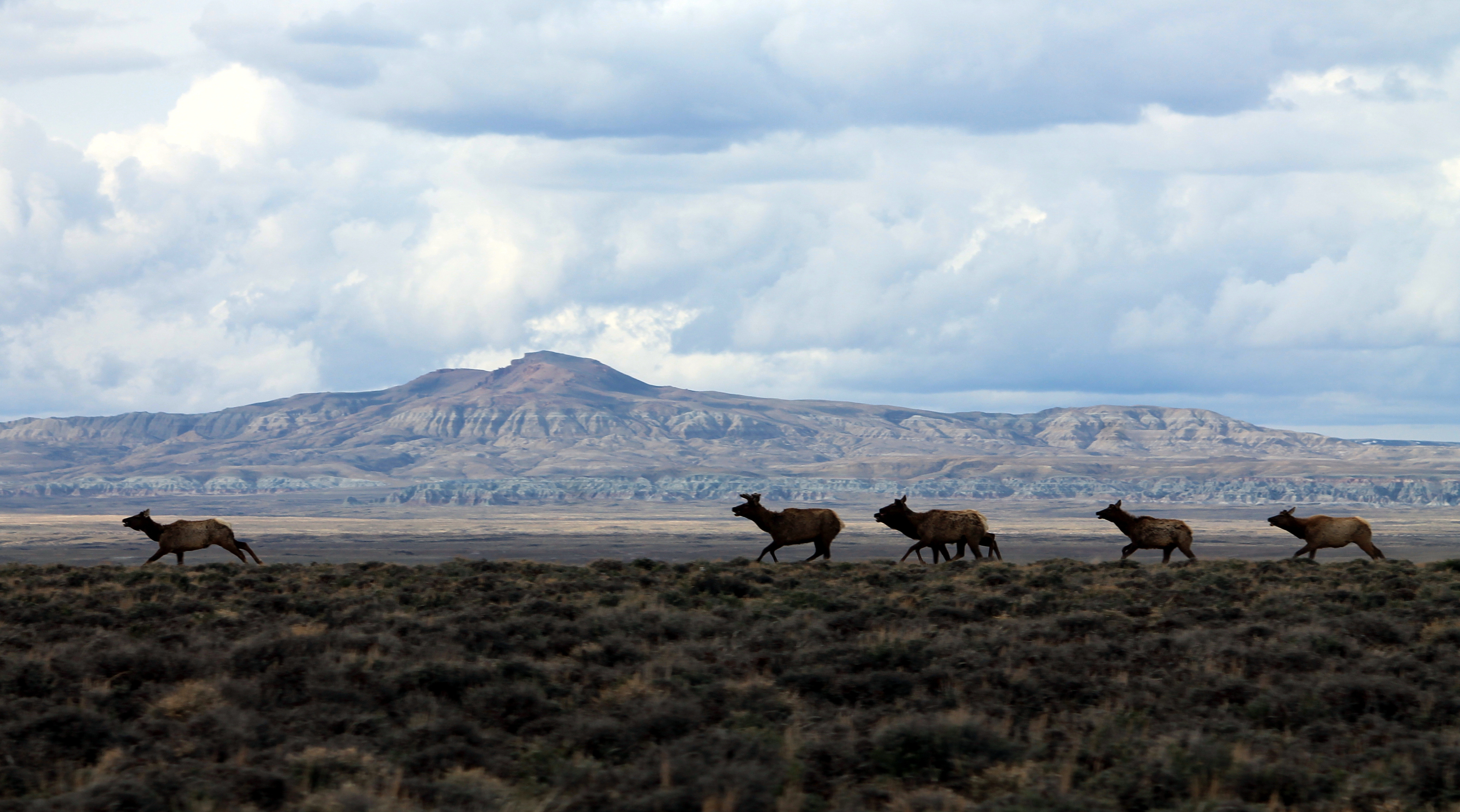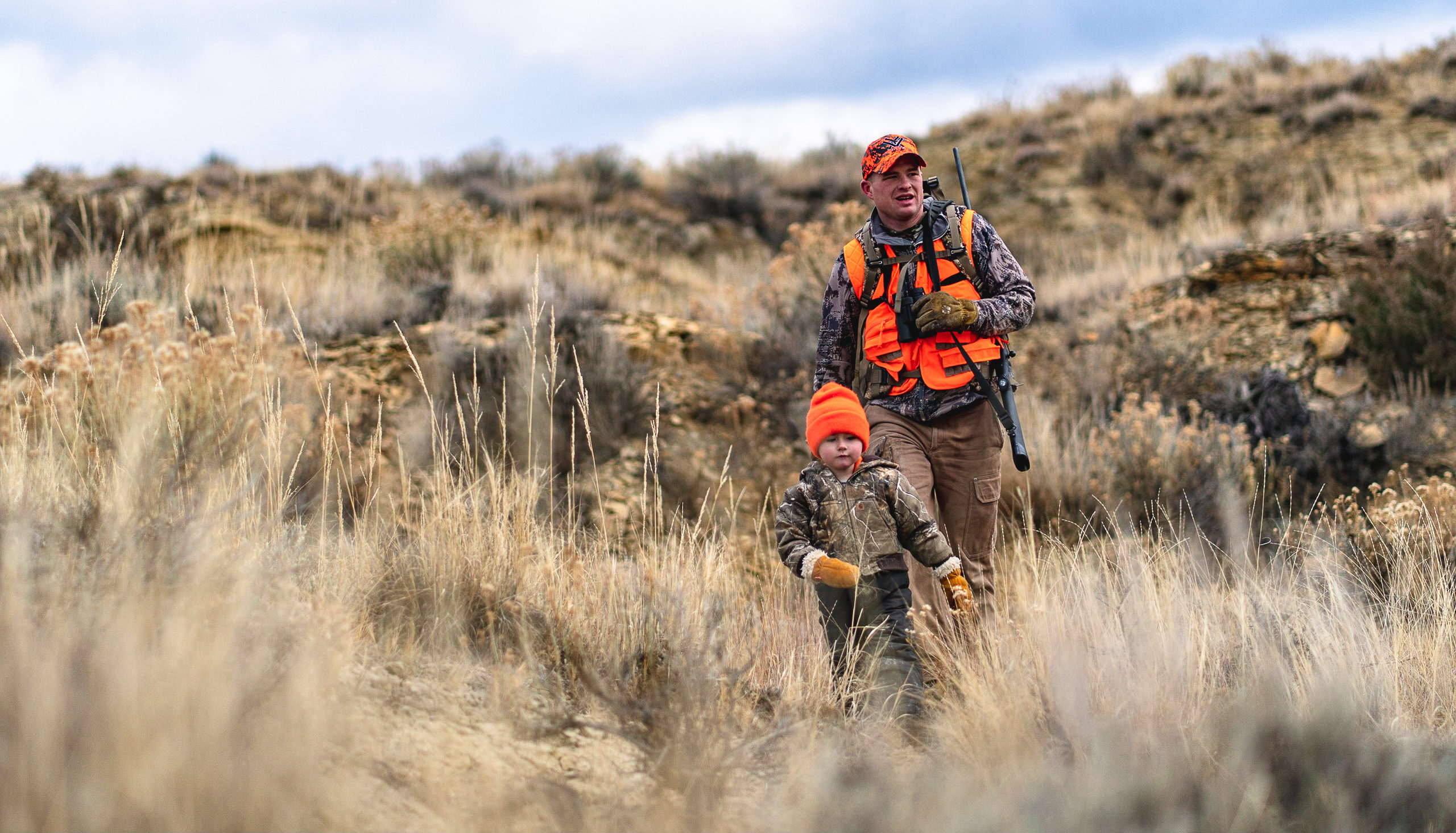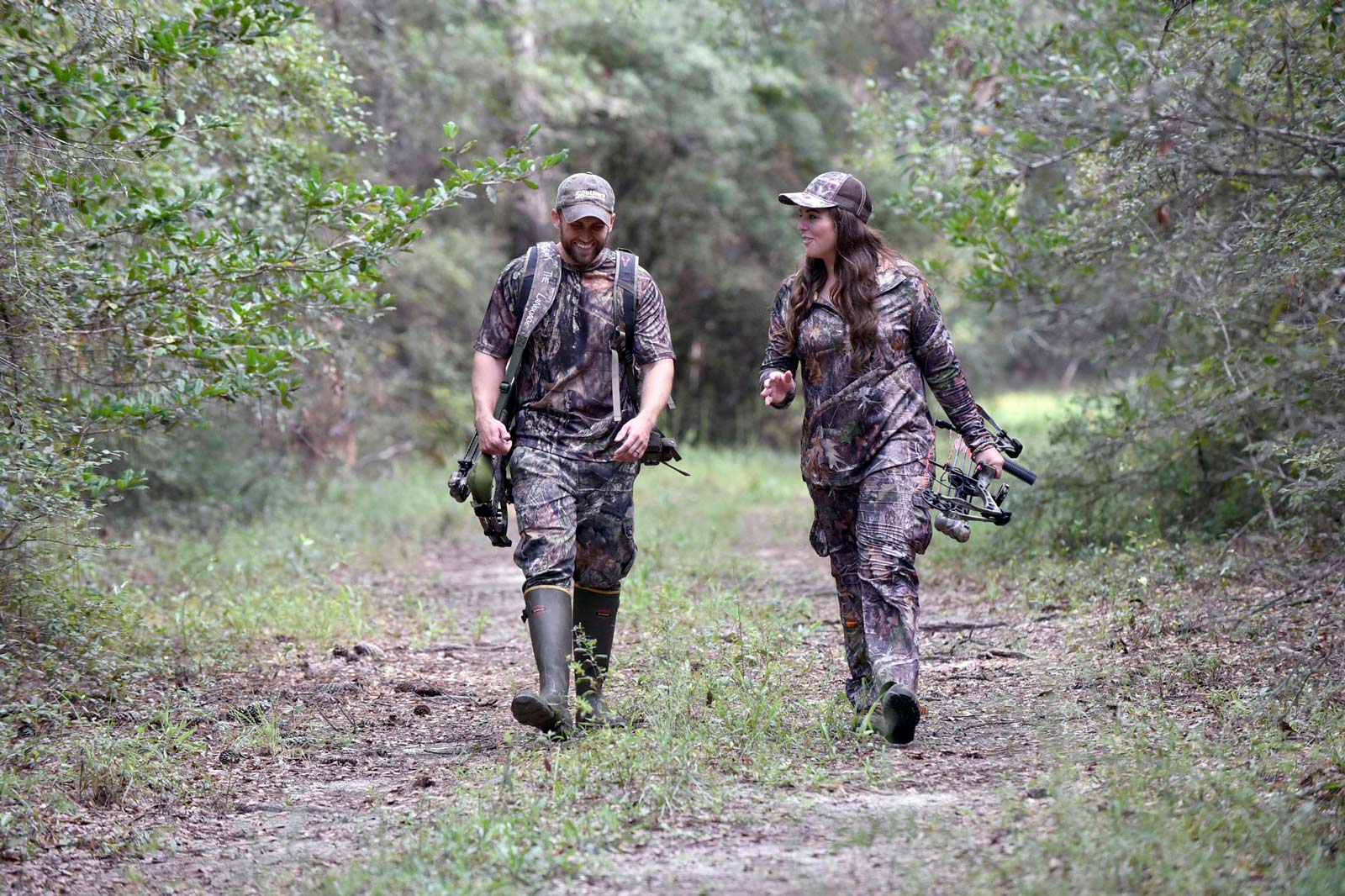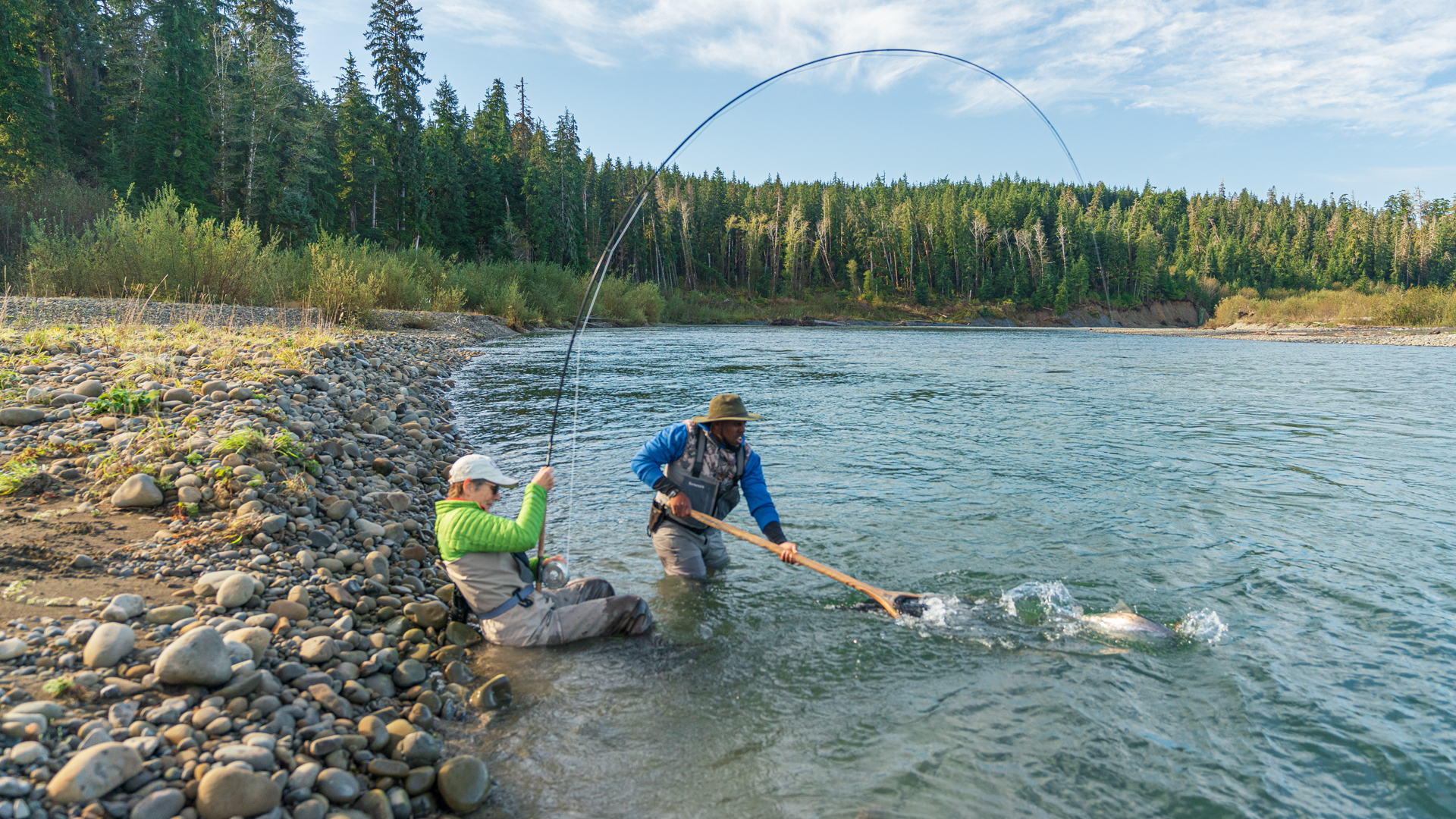$100M annually for wildlife-friendly roadway crossing structures represents one of the bill’s biggest benefits for hunters and anglers
Early this morning in a 38-26 vote, the House Committee on Transportation and Infrastructure passed its five-year highway bill with $547 billion in transportation infrastructure investments, including a new grant program to help states construct more wildlife crossings that knit together fragmented habitat and increase public safety.
The INVEST in America Act establishes the wildlife crossings program and funds it at $100 million annually. This investment would be the first of its kind in a national wildlife crossings initiative and satisfies what has been a top legislative priority for the TRCP since 2019. The organization has convened wildlife experts, department of transportation planners, engineers, and others to formulate its recommendations in this policy area.
“We are thrilled to see this momentum for a program and funding that would kickstart the construction of critical wildlife crossings,” says Whit Fosburgh, president and CEO of the Theodore Roosevelt Conservation Partnership. “The timing couldn’t be better, as our enhanced understanding of big game migration routes demands that we reconnect critical seasonal habitats that have been fragmented by roadways, potentially altering the movements of mule deer, elk, pronghorn, and other species.”
Of course, the highway system presents habitat connectivity issues to more than just Western big game. The program would also fund projects that benefit amphibians, fish, and reptiles. “We know that one of the best ways we can ensure fish and wildlife adapt to a changing climate is to enhance their ability to move, as needed, across the landscape,” says Fosburgh. “As Congress prepares to make some of the most impactful investments in our highway system, critical infrastructure, and American jobs, we look forward to working with lawmakers to support these efforts.”
Other important provisions in the INVEST Act include:
- $555 million per year for the Federal Lands Transportation Program, which helps federal agencies maintain passenger roads through public lands. Of this total, the $50 million set aside for the Forest Service is just one-fifth of the total that the TRCP and others recommended to avoid contributing to the maintenance backlog at the agency. Congress must invest more in the Forest Service’s aging roads, which Americans rely on not just for outdoor recreation but to connect communities that are adjacent to or separated by Forest Services lands.
- $345 million annually for the Federal Lands Access Program to repair, maintain, and reconstruct roads on public lands, which are essential for outdoor recreation.
- Establishment of a pre-disaster mitigation program to help communities prepare for future catastrophic weather events that often affect habitat. The TRCP has prioritized this as one of the ways Congress can put Americans back to work through conservation, especially when communities are encouraged to invest in nature-based infrastructure.
The Senate surface transportation bill includes $350 million over five years for wildlife crossings, plus support for climate resilience and better access to public lands. It has passed out of committee and needs a floor vote before both chambers can hammer out a deal to reconcile the two bills.
Also of interest to sportsmen and sportswomen is a bill to increase funding for the Clean Water State Revolving Fund Program, which was passed in the same House committee markup today.
Since February, the TRCP has called on Congress to authorize $40 billion over five years for this bedrock program used by states and territories to fund water quality protection, including wastewater control, water treatment, and activities such as land conservation and habitat restoration projects. The TRCP also supported setting aside 15 percent of these funds for the Green Project Reserve Program within the Clean Water SRF to encourage states to invest in natural systems and nature-based approaches to addressing local water quality challenges.
Both of these provisions were included in the Water Quality Protection and Job Creation Act of 2021 when it passed out of committee today with a bipartisan vote of 42-25.
Top photo courtesy of Wyoming Game and Fish Dept.









Protecting our Nature and our wildlife is very important. I totally support that